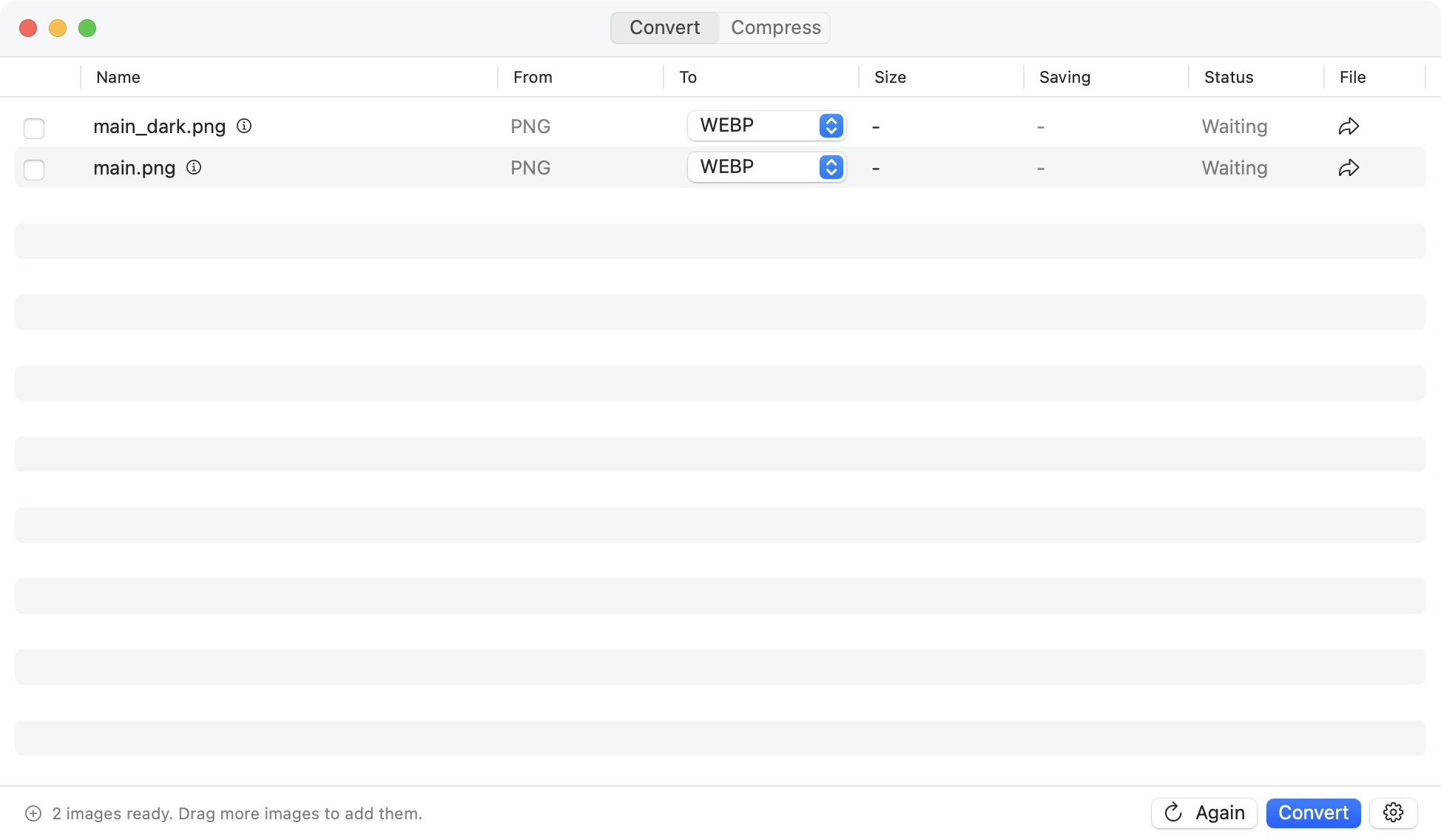Best image formats for web and print in 2025
Choosing the right image format can significantly impact your website’s performance, your print quality, and your workflow efficiency. With new formats like AVIF and WEBP gaining widespread support, it’s important to understand when to use each format.
Web Image Formats
WEBP - Best for Most Web Images
✅ Pros:
- 25-35% smaller than JPEG
- Supports transparency
- Excellent browser support (95%+)
- Good compression quality
❌ Cons:
- Not supported in IE
- Larger than AVIF
- Limited editing tool support
Best for: Website images, e-commerce product photos, social media graphics
AVIF - Next-Generation Format
✅ Pros:
- 50% smaller than JPEG
- Superior compression
- Supports HDR and wide color gamut
- Growing browser support (85%+)
❌ Cons:
- Slower encoding/decoding
- Limited tool support
- Not supported in older browsers
Best for: High-quality web images, progressive web apps, future-proofing
JPEG - Universal Standard
✅ Pros:
- Universal support
- Small file sizes for photos
- Excellent tool support
- Progressive loading
❌ Cons:
- No transparency support
- Lossy compression only
- Larger than modern formats
Best for: Photographs, legacy system compatibility, email attachments
Print and Professional Formats
TIFF - Professional Standard
TIFF remains the gold standard for professional photography and print work. It offers lossless compression, supports multiple layers, and maintains the highest image quality.
Best for: Professional photography, print production, archival storage
RAW - Maximum Quality
RAW formats (CR2, NEF, ARW, DNG) contain unprocessed sensor data, offering maximum editing flexibility and the highest possible image quality.
Best for: Professional photography, extensive post-processing, maximum quality retention
Format selection guide
Quick decision tree
📱 For Websites & Apps Use WEBP for broad compatibility, AVIF for cutting-edge performance, JPEG as fallback
🖨️ For Print Use TIFF or high-quality JPEG (95%+), PNG for graphics with transparency
📸 For Photography Shoot in RAW, edit in TIFF, deliver in WEBP/JPEG depending on use case
Converting between formats
When working with multiple image formats, having a reliable conversion tool is essential. Picmal offers native macOS integration with support for 20+ formats, including all the modern web formats mentioned in this guide.
Use Picmal to easily convert your media on your Mac
If you're not happy with your purchase, you can request a refund within 14 days.
Buy now